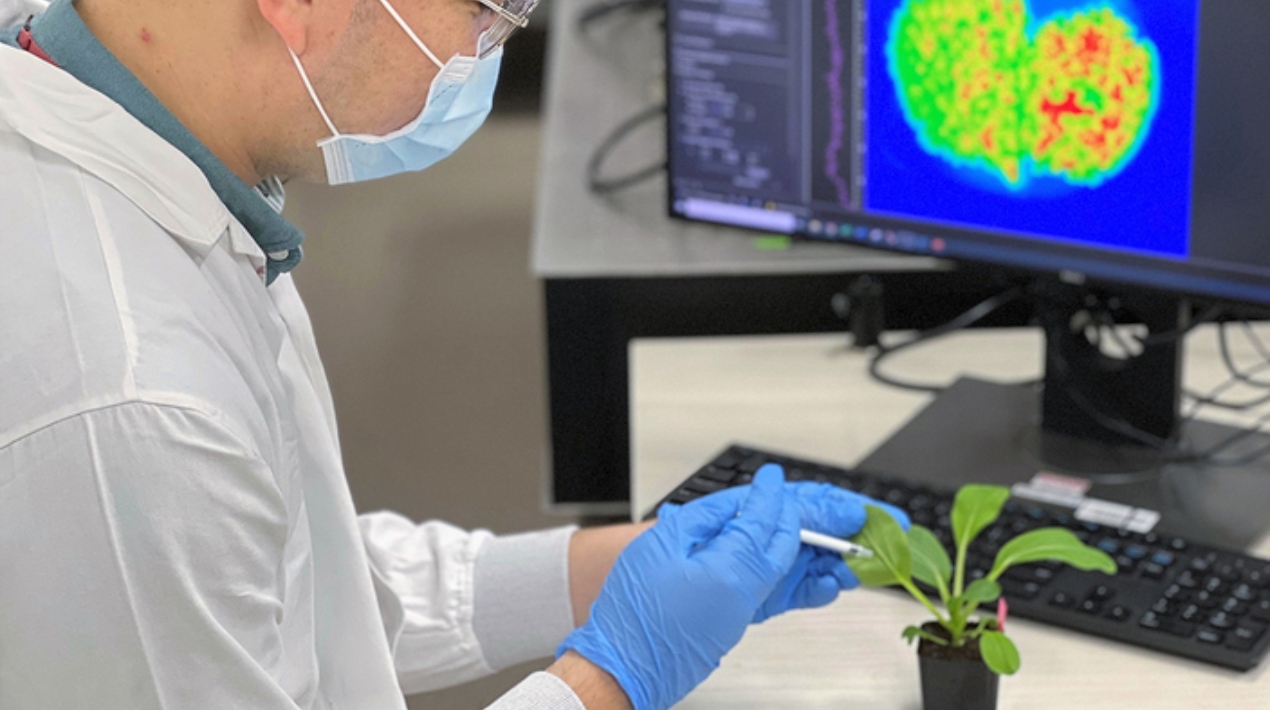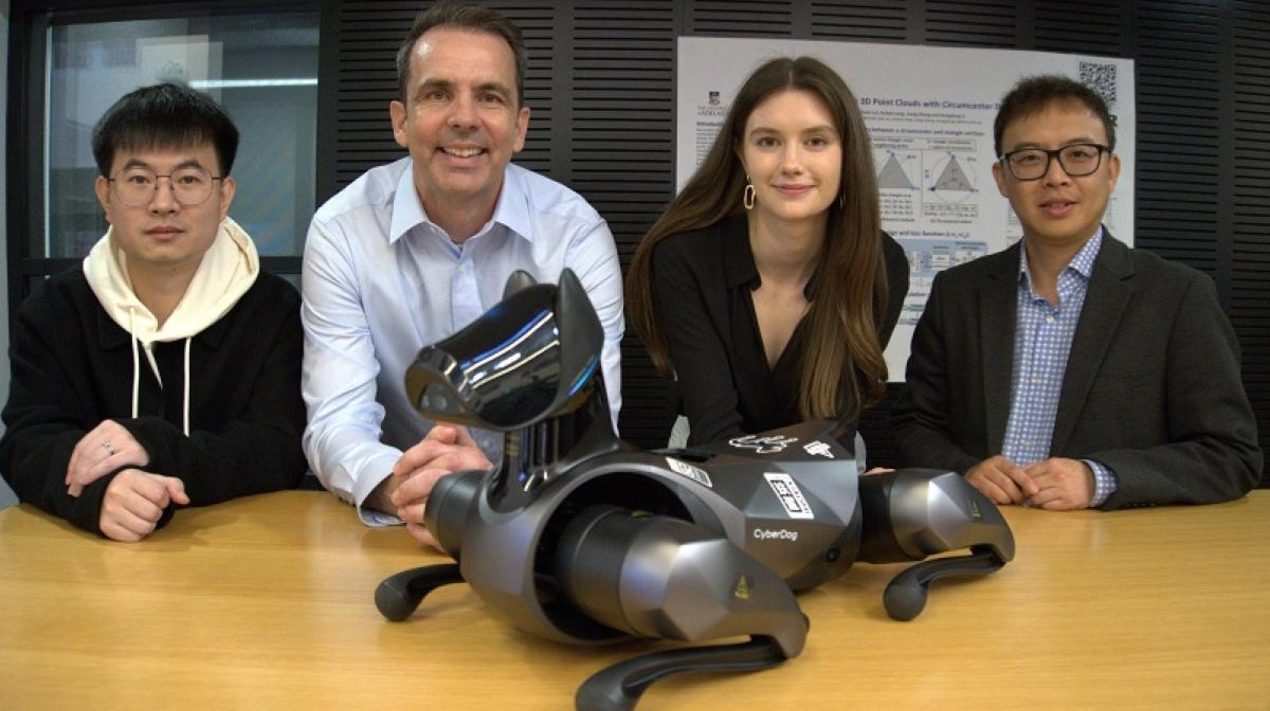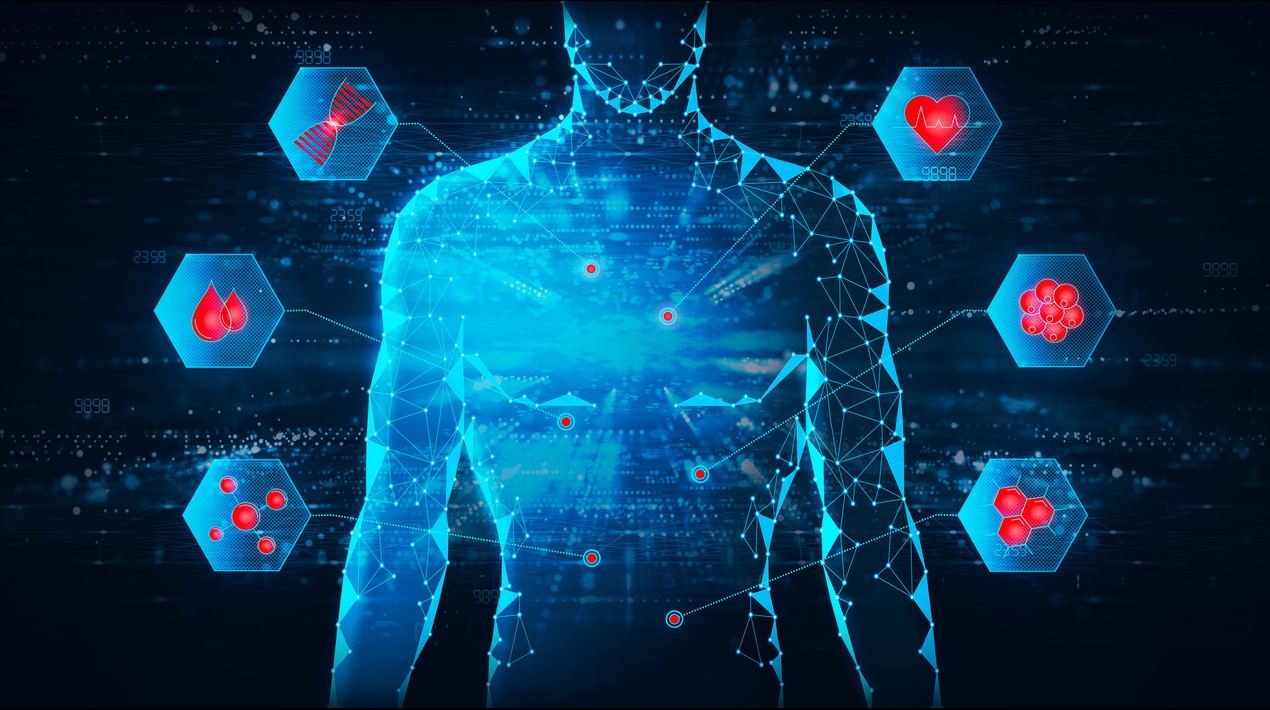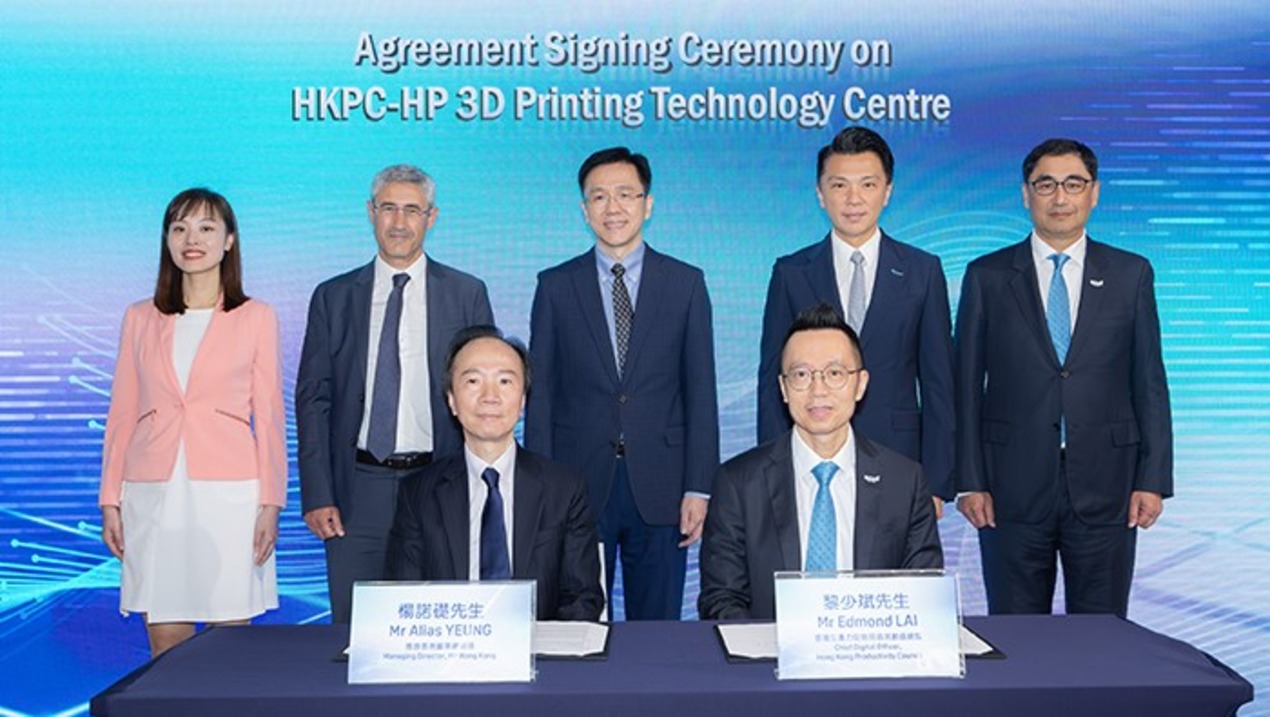
A team from the Massachusetts Institute of Technology (MIT) and Singapore’s research group has created the first nanosensors capable of detecting and differentiating gibberellins, a class of plant growth hormones (GAs). These sensors can potentially revolutionise the fields of agriculture and plant biotechnology by providing farmers with cutting-edge precision agriculture and crop management.
It is well established that GAs control many aspects of plant growth and development, including but not limited to seed germination, flowering, fruiting, and even responses to stress. The “green revolution” of the 1960s is often credited with preventing widespread starvation and saving countless lives worldwide; this is often attributed to the general use of GAs at the time.
The research is aimed at solving severe issues with food production. Discovering, monitoring, engineering, and ultimately translating plant biosynthetic pathways to meet global food and nutritional demand will be significantly different in the future. As a result, the potential uses and applications for novel sensors in the industry are vast.
“Our innovative GA nanosensors could be utilised in the field for early-stage plant stress monitoring,” said Daisuke Urano, lead investigator at Temasek Life Sciences Laboratory, adjunct assistant professor at the National University of Singapore (NUS), and co-corresponding author of the research.
Research describing a breakthrough for early-stage plant stress detection is detailed in a paper titled “Near-Infrared Fluorescent Carbon Nanotube Sensors for the Plant Hormone Family Gibberellins,” published in the journal Nano Letters. This work has the potential to advance plant biotechnology and agriculture significantly.
The study’s primary investigators, Professor Chua Nam Hai of Singapore and Professor Michael Strano of MIT, worked together on the study. Research into gibberellins can improve agricultural knowledge and, by extension, food safety.
Breakthrough nanosensors
Soil salinity increased due to saltwater contamination due to climate change, global warming, and rising sea levels. Conversely, excessive soil salinity suppresses GA production and boosts GA metabolism, reducing GA concentration in plants. The new nanosensors make it possible to analyse GA dynamics in real-time in plants under salinity stress, which could one day help farmers intervene sooner rather than later.
But current sensing technologies with mass spectrometry-based analysis are time-consuming, damaging, species-specific, and far less efficient. the resulting technology offers a quick, real-time, and in vivo method to monitor changes in GA levels in nearly any plant.
While previous methods were not sensitive enough to detect changes in GA levels across a wide variety of plant species, the new sensors created by the researchers are highly selective for the corresponding GAs and provide real-time, in vivo monitoring of such changes.
The new nanosensors, a near-infrared fluorescent carbon nanotube sensor, can detect and differentiate between two plant hormones, GA3 and GA4. This innovative sensor has been tried in living plants for early stress monitoring in plants.
GA3 and GA4 are diterpenoid phytohormones produced by plants and play a key role in influencing a wide variety of plant growth and development; they are members of the class of plant hormones known as gibberellins.
Scientists were able to use the reversible GA nanosensors to detect both higher levels of endogenous GA in mutant plants expressing more of the major enzyme in GA biosynthesis, GA20ox1, and lower levels of GA in plants subjected to salinity stress. Researchers also discovered that lettuce’s growth was substantially hindered when subjected to salt stress, an indication that was not seen until day 10. The GA nanosensors, in contrast, indicated reduced GA levels after only six hours, proving their usefulness as a far earlier signal of salinity stress.
“We have shown more than a technological advance in plant stress detection. Soon, our sensors will be able to be used with inexpensive electronics, portable optodes, or microneedle interfaces in industrial settings, potentially boosting growth and production by revolutionising how the food sector screens for and respond to plant stress,” Associate Scientific Director at DiSTAP and co-first author Mervin Chun-Yi Ang concluded.
















